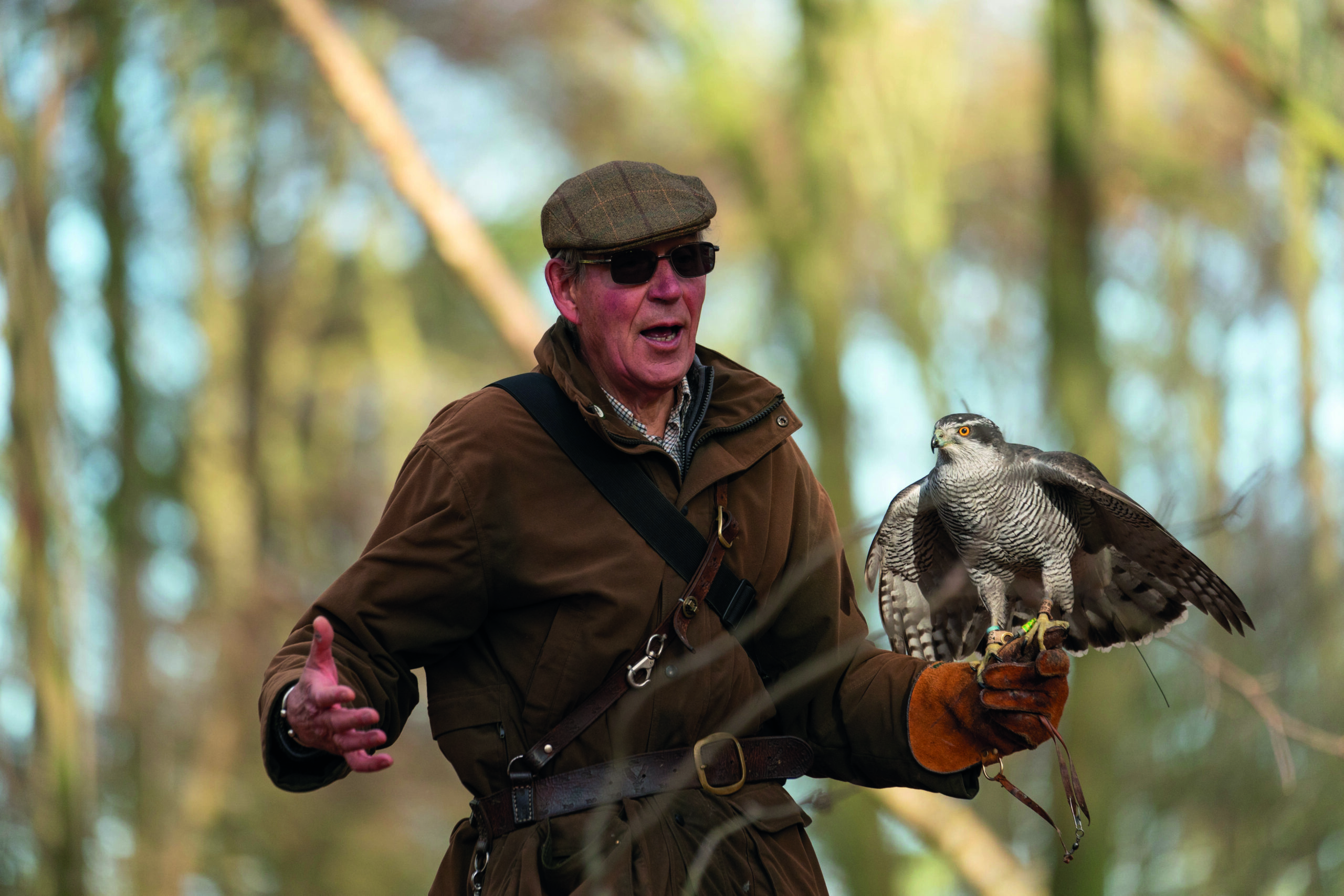Isn’t shooting part of our living heritage?
The Government is consulting on its approach to a global convention on cultural heritage; Conor O’Gorman considers the case for shooting.

BASC receives alerts about hundreds of potentially relevant consultations a year via various routes and one of my jobs is to sift the wheat from the chaff, with many considerations in mind. So when I received an email from my colleague Dr Alex Murray entitled “Intangible Cultural Heritage Wwhat on earth has that got to do with shooting?”
Alex recently joined BASC as our environmental law adviser and the Government proposals that he flagged could be significant to shooting down the line. The consultation is about the UK signing up to the 2003 UNESCO Convention for Safeguarding of the Intangible Cultural Heritage and how it’s going to go about that.
Cutting through the jargon, the convention is basically about giving recognition to a wonderful worldwide diversity of traditional activities that continue to this day, passed down from one generation to the next.
Charfia fishing
Over the past 20 years, around 700 activities have been recognised on the convention website with the agreement of 180 signatory countries. They include activities covering language, performing arts, rituals, use of nature, and traditional craftmanship. When going through the list, a few that caught my eye were charfia fishing in Tunisia, truffle hunting in Italy and Lipizzan horse breeding traditions across central Europe.
However, what really jumps off the page is the international listing of “falconry, a living human heritage”, which describes the art and practice of falconry and how it is learned from generation to generation (including via clubs) and explaining the role of falconry today.
The listing explains that “while falconers come from different backgrounds, they share universal values, traditions and practices, including the methods of breeding, training and caring for birds, the equipment used and the bonds between the falconer and the bird”. It is also stated that “the falconry community includes supporting entities such as falcon hospitals, breeding centres, conservation agencies and traditional equipment makers”.
So I am sure you are thinking the same as me; if falconry made the cut, why not shooting? There are so many parallels to the above descriptors for falconry. Or should it be different aspects of shooting and/ or traditions relating to that? The art of foreshore wildfowling, and how that has been passed down from one generation to the next, comes to mind. The British gun trade is another consideration and the various interest groups for certain makes and types of English guns and ammunition.
There are two levels of listings — global and national. In its consultation, the Department for Culture, Media and Sport (DCMS) is proposing to focus on getting lots of examples of British cultural heritage on to the UK list, rather than getting a few examples on to the global list. DCMS is also proposing two new categories for the UK list: “traditional games and sports” and “culinary traditions/knowledge”. Would game meat tick the latter box?
The national cultural heritage lists are held by countries on their own websites rather than the UNESCO website. Alex found two interesting examples from some initial research, with the Czech Republic listing hunting and Poland listing traditional rifle-making in Silesia.
So what would it mean for shooting if all or some aspects of our traditions were on the UK listing? DCMS states that “safeguarding” listed cultural heritage is “generally understood to include raising awareness, building participation, ensuring sustainability, and supporting the passing on of skills and knowledge”.
While it’s not about legal protection, I think it would be significant for the protection and promotion of shooting to have government recognition in this way, given that British shooting and its traditions are deeply ingrained not only in the shooting community but society as whole.








